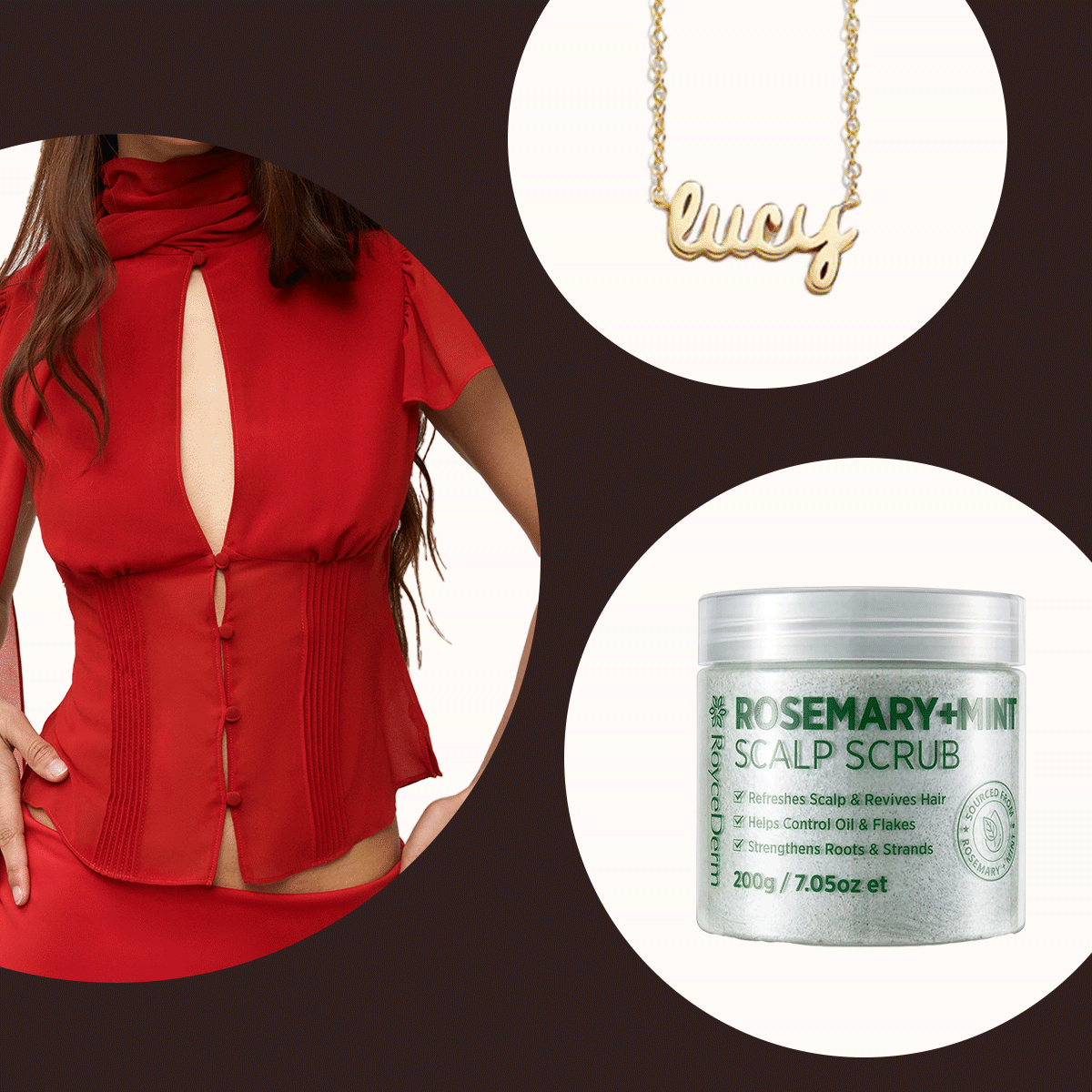This Popular Ab Exercise Is Probably Doing You More Harm Than Good

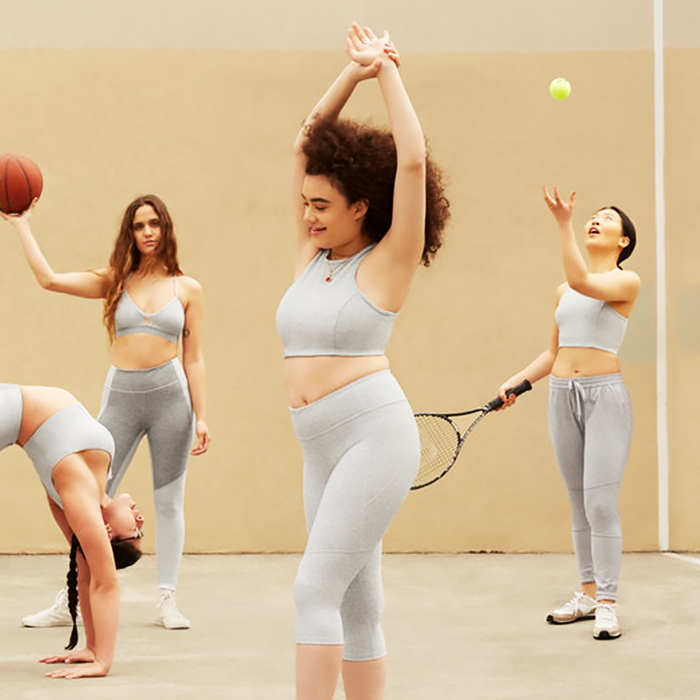
What does having a strong "core" actually mean, anyway? The problem with this kind of ambiguous term is that it's prone to oversimplification. We might assume that toned abs are the sign of a strong midsection, for example—or worse, that we can build one with one type of exercise. (Crunches: They just refuse to die, don't they?)
In reality, it's a little more complicated than that. Our "core" is comprised of an entire network of muscles, which, in turn, impacts all kinds of bodily functions—down to the way we breathe. This also means a one-exercise-fits-all approach isn't going to cut it. (It can even lead to injury, if you're not careful.)
But if you work those muscles correctly, the benefits abound: better posture, endurance, and even digestion, to name a few. With this all in mind, we turned to trainer, yoga instructor, and THE/THIRTY contributor Claire Fountain for a crash course in core-building. Class is in session below.
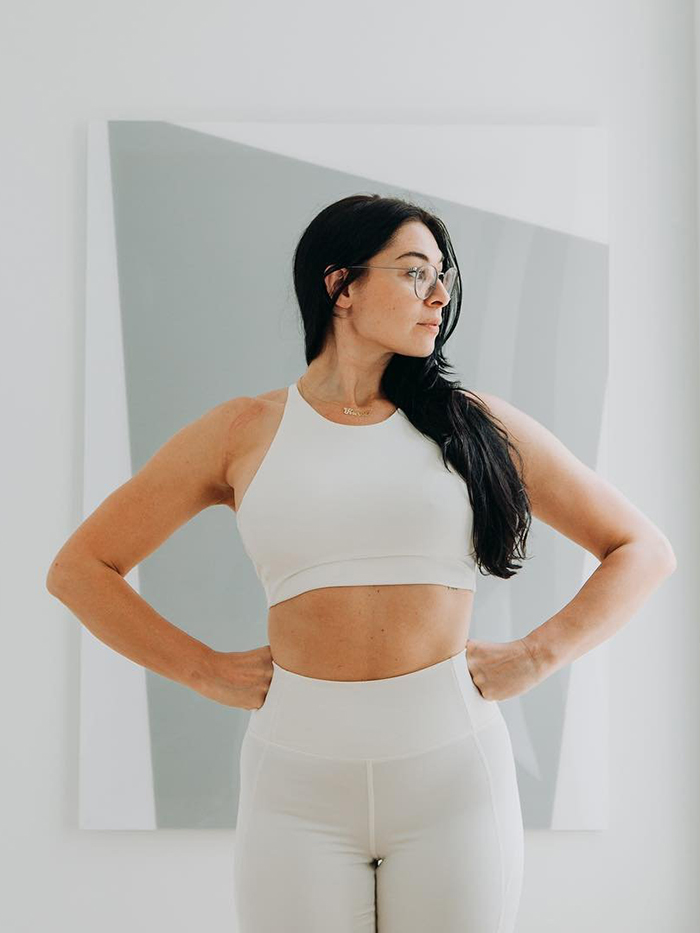
Your core isn't just your abs.
Let's bust one myth straight away: Having defined, visible abs doesn't necessarily mean you have a strong core. On the flip side, you can have an incredibly strong core without any ab definition. "The core is technically the entire torso, which includes the hips and glutes," says Fountain. "The actual 'ab muscles' that matter most are not the superficial ones either, but the transverse abdominis: They work as a natural corset and are essentially the core of your core muscles."
"Eating clean" won't give you a strong core.
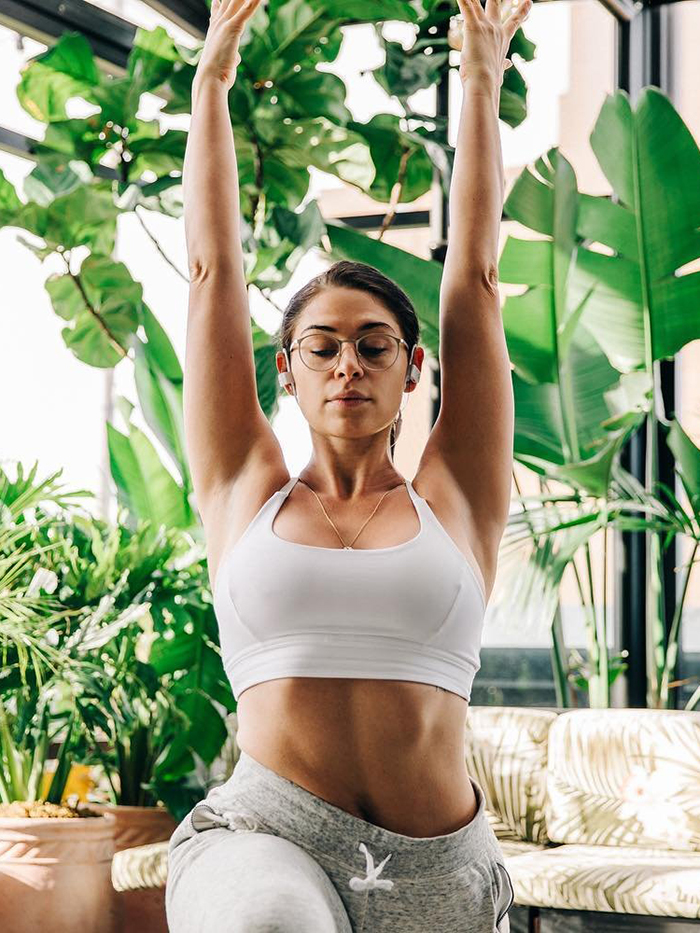
"A clean diet will help you lower body fat to the point that you might see abs, but again, seeing abs does not equal strength in the core," explains Fountain.
There are so many health benefits to strengthening your core.
You'll breathe better. That's because your diaphragm is connected to your hip flexors, says Fountain.
You might relieve chronic back pain. "Our core supports our back—your spine, yes, but also a healthy pelvis, ribs, and hips," says Fountain. "The core's purpose is to stabilize, and transfer energy outward to the limbs." That means less pressure on your back—which translates to less pain.
Your posture will improve. Again, it's all about building support for your spine. You'll feel more athletic. "A strong core supports overall strength and endurance," says Fountain. The same goes for balance and coordination.
You might even improve your digestion. Some research suggests that exercising the core can help with G.I. issues.
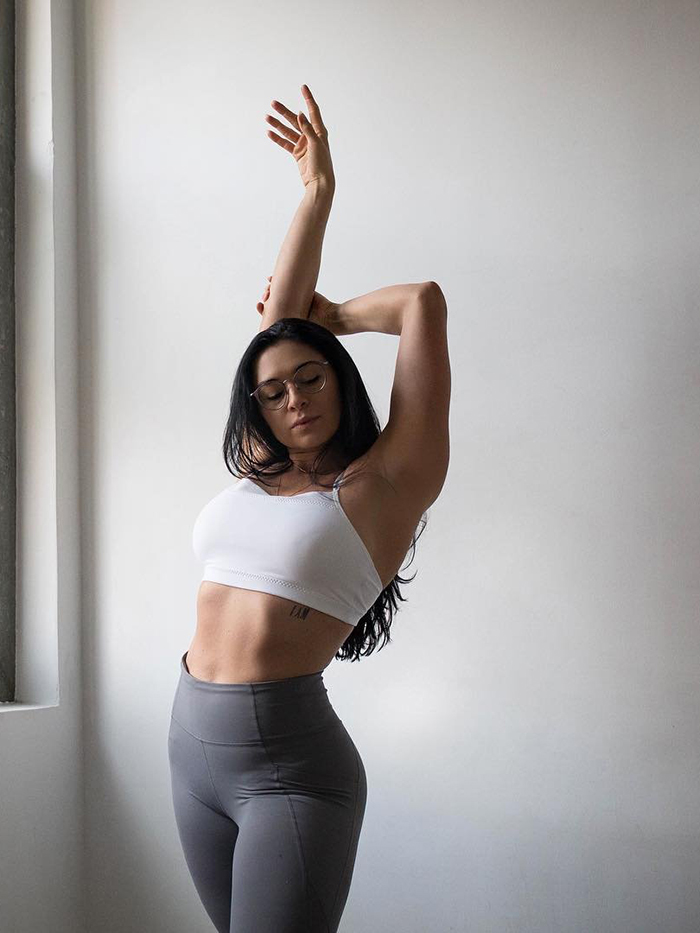
(Just stop doing crunches already.)
Seriously—they're actually pretty bad for you. "Crunches are one of the worst options due to the strain they put on your lumbar spine," explains Fountain. "The same goes for those Russian twists people do—so bad for your spine."
Bad form is also a slippery slope to injury. "Things like letting the back drop and arch while the tailbone pops up or out," says Fountain. "Anything like a side bend is also a no-go for core."
Planks, however, are great—if you're doing them the right way.
In order to really tone and tighten the core, Fountain recommends switching things up with different plank variations. "Sorry to break it to you, but holding a plank more than 30 to 60 seconds isn't doing anything more than building endurance," she says. "You have to move your core through different movements and variations, with legs or arms or both in a plank position. Side planks are great."
If you're new to planks, Fountain recommends working your way up to a 30-second hold in a traditional plank before adding in variations. (You can find some more ideas for variations here.) "You can also start on all fours and extend the opposite arm and leg, bringing the two together under the body on an exhale (with the neck in a neutral position)," adds Fountain.
Those who are plank-averse still have plenty of core-strengthening options, however. "Yoga puts you in many plank type positions, and by the very nature of working through a series that emphasizes proper deep breathing, you'll be strengthening your core," says Fountain. Transitioning between different poses also demands a tight core—and proper form to boot. (The same goes for Pilates.)
"Deadlifts are also one of the best core exercises you can do," she adds. "You must make sure your form is correct, but it works the entire posterior chain while having us engage the deep muscles that wrap around the core."
To see more of Fountain's pointers in action (and major fitness inspiration in general), make sure you follow her on Instagram.
This article is provided for informational purposes only and is not intended to be used in the place of advice of your physician or other medical professionals. You should always consult with your doctor or healthcare provider first with any health-related questions.

